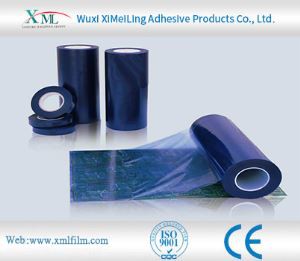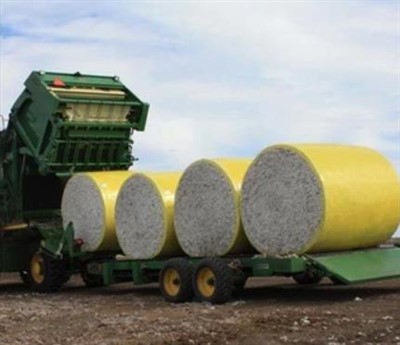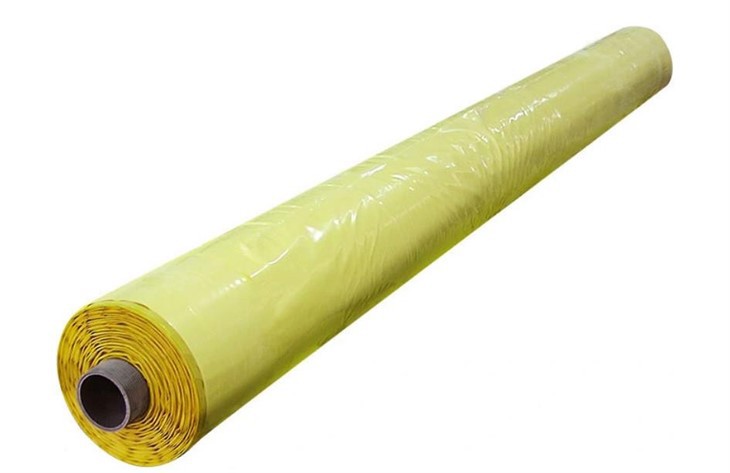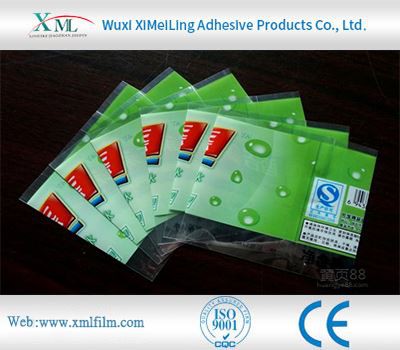How to store unused surface protection film
2025-11-05
1. Control the Storage Environment
Temperature and humidity directly affect the film’s material and adhesive. Keep the film in a cool, dry area away from direct sunlight—sunlight and high temperatures can soften the adhesive, leading to seepage or reduced stickiness. Avoid spaces with extreme temperature swings and heat sources . Skip damp areas unless they are properly dehumidified, as high humidity may cause mold growth or weaken the adhesive.2. Protect the Film from Physical Damage
Prevent creases, tears, or warping. For flat film sheets, lay them flat on a clean, rigid surface to avoid bending. For rolled film, use a sturdy tube or core for support to prevent collapse or permanent creases. Never stack heavy objects on the film—pressure can crush the material or deform the adhesive layer, rendering it unusable. Additionally, wrap the film in a clean, breathable dust cover or seal it in a plastic container with small ventilation holes to keep dust, dirt, and debris off the adhesive side.3. Avoid Contaminating the Adhesive Side
Keep the adhesive surface free from contaminants. Never touch the adhesive side with bare hands, as skin oils and dirt can transfer to it. Retain the film’s original packaging if possible—these packages are designed to shield the adhesive and film from damage. For multiple rolls or sheets, store them separately instead of direct stacking; if stacking is necessary, place a layer of clean, non-sticky paper between each piece to prevent mutual adhesion
4. Organize for Easy and Safe Access
Arrange stored film to avoid damage during retrieval. Label rolls or sheets with details like size, material, or intended use, so you can find needed items without rummaging and disturbing other film. Minimize unnecessary moving or handling—frequent contact increases the risk of tears or adhesive contamination.You Might Also Like
-

what are the advantages of cotton packaging film
-

How does pe protective film cope with high temperature environment
-

The Advantages of Cotton Wrap Film
-

Advantages of Cotton Bale Wrap Film
-

How Polyethylene Packaging Material Copes with High Temperature Environment
-

How to Remove Protective Transparent Plastic Film Without Damaging the Surface
